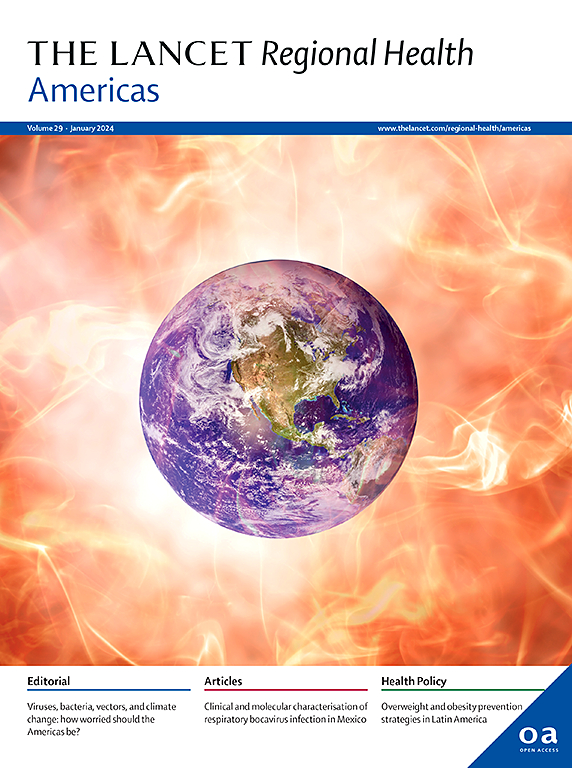Prevalence, distribution and future projections of Parkinson disease in Brazil: insights from the ELSI-Brazil cohort study
IF 7
Q1 HEALTH CARE SCIENCES & SERVICES
引用次数: 0
Abstract
Background
There is limited epidemiological data regarding Parkinson's disease (PD) prevalence in Brazil, which hinders adequate public health policies planning and patient care. This study aimed to investigate the distribution, prevalence, and clinical characteristics of PD among older adults in Brazil.
Methods
This cross-sectional study used data from the ELSI-Brazil cohort, a Brazilian nationally representative study of individuals aged 50 and older. Data were collected through door-to-door surveys with standardized questionnaires. PD diagnosis was based on self-reported data. We calculated PD prevalence in the general population and specific age groups, studied its association with clinical variables, and projected PD prevalence in Brazil from 2024 to 2060.
Findings
A total of 9881 respondents were included in this study, and 93 reported a medical diagnosis of PD. The crude prevalence of PD among Brazilians aged 50 or more was 0.84% (95% CI: 0.64%–1.09%), with an age- and sex-standardized prevalence of 0.86% (95% CI: 0.62%–1.10%). Men were more affected than women (OR: 2.35, 95% CI: 1.35–4.08; p < 0.01), and the prevalence was higher in older age groups, from 0.39% in those aged 50–59 years to 2.75% in those 80 years and older. PD individuals had higher rates of stroke, depression, functional dependency, and were more likely to need walking support or be bedridden. Projections indicated that PD cases in Brazil will rise from 535,999 (95% CI: 309,963–922,948) in 2024 to 1,250,638 (95% CI: 734,660–2,117,585) by 2060.
Interpretation
This study reveals the prevalence and distribution of PD in Brazil, showing many patients with advanced disease and suggesting underdiagnosis in early stages. There is a need for better diagnostic accuracy, improved access to neurologists, and comprehensive public health strategies to manage the rising prevalence and healthcare demands of PD in Brazil.
Funding
This study did not receive any funding. The ELSI-Brazil cohort was funded by the Ministry of Health of Brazil.
求助全文
约1分钟内获得全文
求助全文
来源期刊

Lancet Regional Health-Americas
Multiple-
CiteScore
8.00
自引率
0.00%
发文量
0
期刊介绍:
The Lancet Regional Health – Americas, an open-access journal, contributes to The Lancet's global initiative by focusing on health-care quality and access in the Americas. It aims to advance clinical practice and health policy in the region, promoting better health outcomes. The journal publishes high-quality original research advocating change or shedding light on clinical practice and health policy. It welcomes submissions on various regional health topics, including infectious diseases, non-communicable diseases, child and adolescent health, maternal and reproductive health, emergency care, health policy, and health equity.
 求助内容:
求助内容: 应助结果提醒方式:
应助结果提醒方式:


